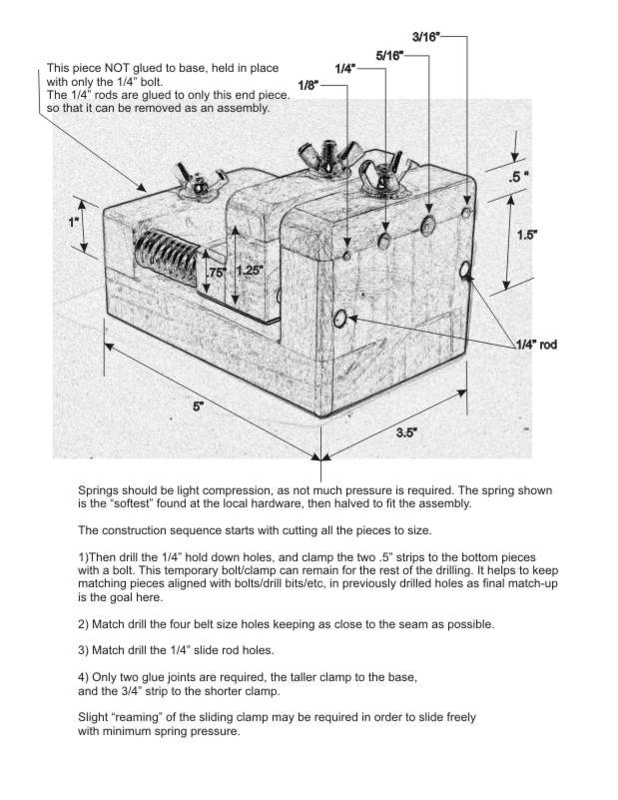Graining
Overview
Graining (also known as “grailing”) is a process of making the "background" on the object being made to have a matte appearance. You can see an example of this in the picture to the right. The parts of the old-school vinyl record that appear duller are the parts where the music was recorded. The shiny rings between the matte parts are the gaps between the songs.
Graining makes the cuts stand out better. You can see that well in the vinyl record where your eyes are drawn to the shiny black lines between the songs, and away from the matte parts. It is a process used in the glass industry on some pieces, especially seen today in light fixtures.
Graining is most useful for materials where 1) the material's surface might detract from the artistic cuts applied (even ebony and blackwood are not consistently the same color across the source), 2) where the applied cuts do not cover the entire surface, and 3) where the surface is flat.
In John Jacob Holtzapffel's Turning and Mechanical Manipulation, vol. 5, it is described starting on pg. 85. Holtzapffel recommends using a cutter profile like shown to the left where the point has an obtuse angle of 120°.
Ed French has done some testing, and found that a diamond-tipped cutter with a 60° profile made some niece cuts. His testing showed the lines need to be between 100 and 200 per inch.
This cutter would be used first to make the entire surface matte, and then the other cuts would be made into the matte surface, leaving the uncut parts matte.
Making the matte surface requires great precision and the cuts for the concentric circles must be evenly spaced or the effect cannot be achieved. On older lathes, this is accomplished using a ratcheting movement on the cutting frame (see also, Figure 59 on pg. 87 in Turning and Mechanical Manipulation, vol. 5). The spacing between the circles would consistently for all circles, something in the range of 0.001" to 0.004".
Some of today's metal lathes will accommodate this if the cross slide has a power feed. This is a little different than the method described by Holtzapffel in that this will leave a single line which starts at the outside of the surface, and continuously reduces it's radius until the desired minimum is reached. (This is the same as on a vinyl record.)
The process for implementing graining is:
- Turn the surface to an extremely fine and even surface. Depending on the wood species, this might be sanded down to a grit higher than 400.
- Add the graining effect.
- Add the remaining cuts.
- Stop and admire the beauty. (And when your spouse asks how you did this, tell her it is magic.)
More Information
Books and Papers
- Eccentric Turning, by an Amateur (actually, Nathaniel Brown Engleheart)
- Turning and Mechanical Manipulation, vol. 5 by John Jacob Holtzapffel
|
Disclaimer: eMail comments to me at OTBookOfKnowledge @ Gmail.com. The process of woodturning involves the use of tools, machinery and materials which could cause injury or be a health hazard unless proper precautions are taken, including the wearing of appropriate protective equipment. |



